
Prostatitis is an inflammation of the prostate gland, which is a walnut-sized gland located under the bladder and considered part of the male reproductive system. This gland secretes a group of fluids, and one of its most important functions is the secretion of semen.
Inflammation can be due to infection as well as various other causes. Prostatitis is the most common prostate problem in men under the age of 50. In some cases, prostatitis can be an acute disease or a chronic condition.
Types of prostatitis:
1. Chronic prostatitis
Most cases of prostatitis fall into this category, however it is the least understood. Chronic prostatitis can be described as inflammatory or non-inflammatory, depending on the presence or absence of infection-fighting cells in urine, semen, and prostate fluids. Often no cause can be identified. Certain, symptoms can come and go or remain chronic.
2. Acute bacterial prostatitis
Caused by a bacterial infection, it usually begins suddenly and has flu-like symptoms. It is the least common of the four types of prostatitis.
3. Chronic bacterial prostatitis
It is described as a recurrent bacterial infection of the prostate gland, and the symptoms may be mild or the patient may not have any symptoms, yet it may be difficult to treat successfully.
4. Asymptomatic inflammatory prostatitis
This condition is often diagnosed accidentally during a diagnosis of infertility or prostate cancer. People with this type of prostatitis don't have symptoms or discomfort, but will have infection-fighting cells found in their semen or prostate.
Symptoms of prostatitis:
Symptoms associated with prostatitis can vary depending on the underlying cause of the prostatitis. Symptoms may appear slowly or quickly, improve quickly (depending on the cause and available treatment), or may last for several months and may remain recurring (chronic prostatitis).
The speed and severity of symptoms onset is usually more evident with acute bacterial prostatitis. The following are signs and symptoms that may be present with prostatitis:
Painful, difficult or frequent urination.
blood in the urine;
Groin pain, rectal pain, abdominal pain and/or lower back pain.
Fever, chills.
Feeling of malaise and pain in the body.
Urethral emptying.
Painful ejaculation or impotence.
Prostatitis treatment:
Treatment for prostatitis depends on the underlying cause and type of prostatitis, and antibiotics are prescribed if the cause is a bacterial infection.
All forms of prostatitis require pain control if needed, treatment, and relief of complications and side effects, and are closely monitored by a doctor. In some cases, some people with prostatitis may need hospital treatment.





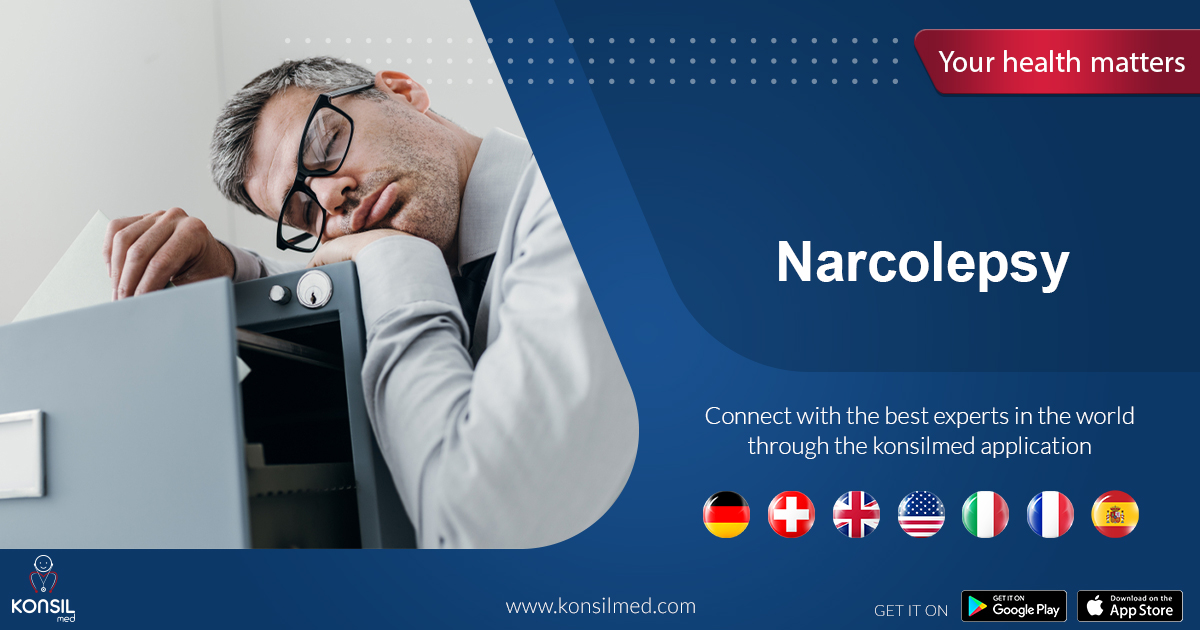





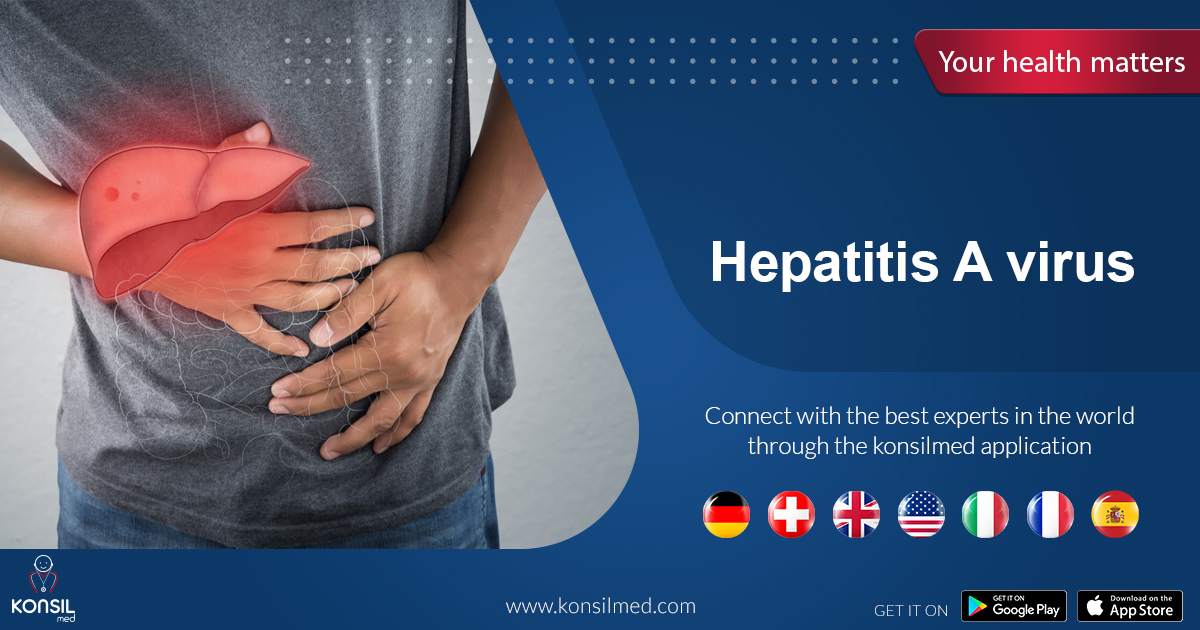
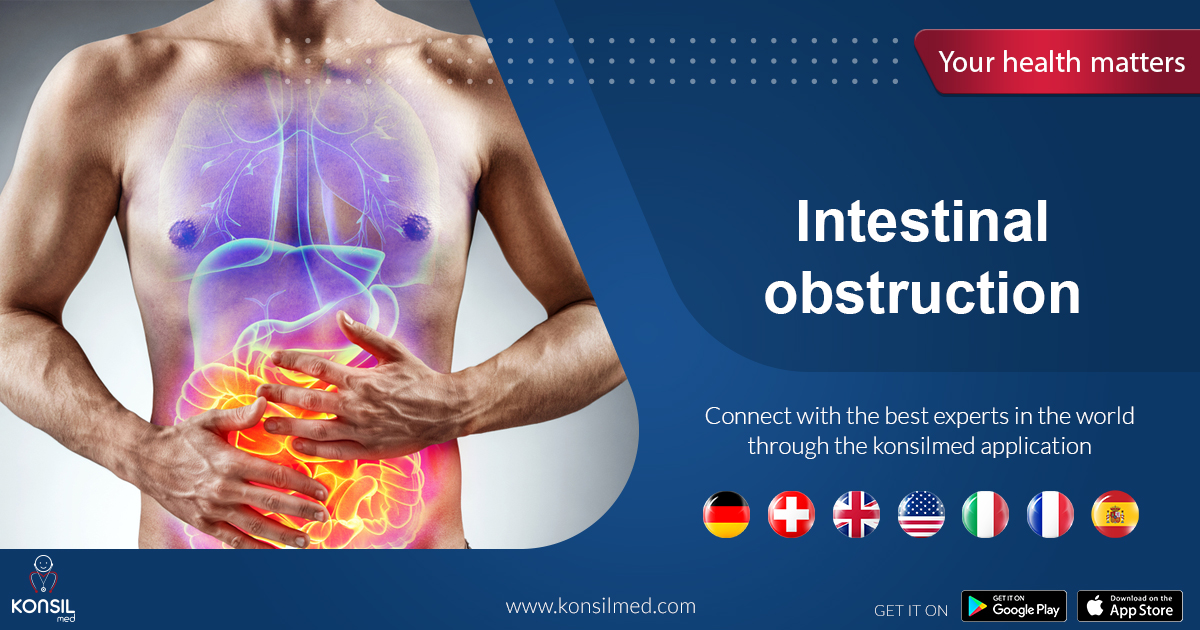
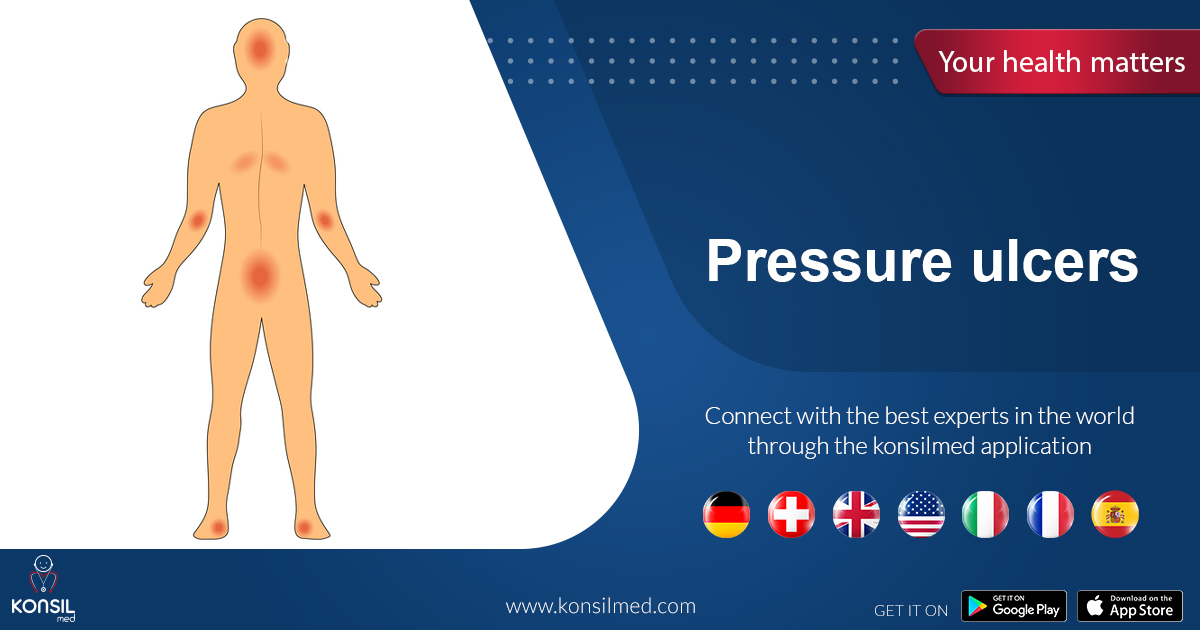


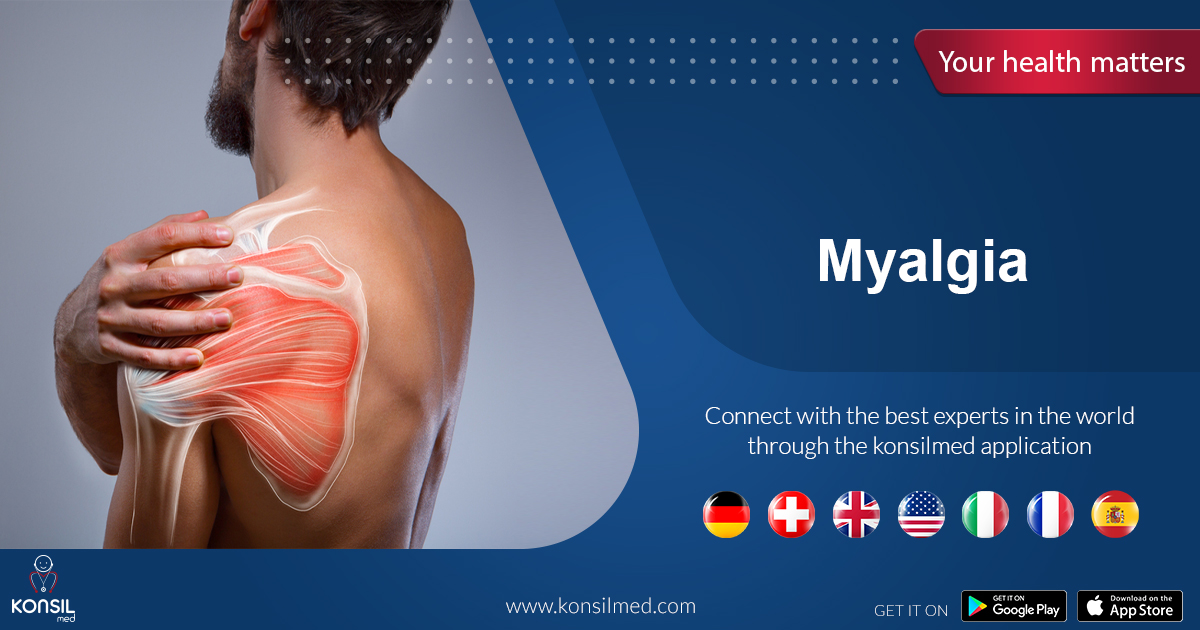


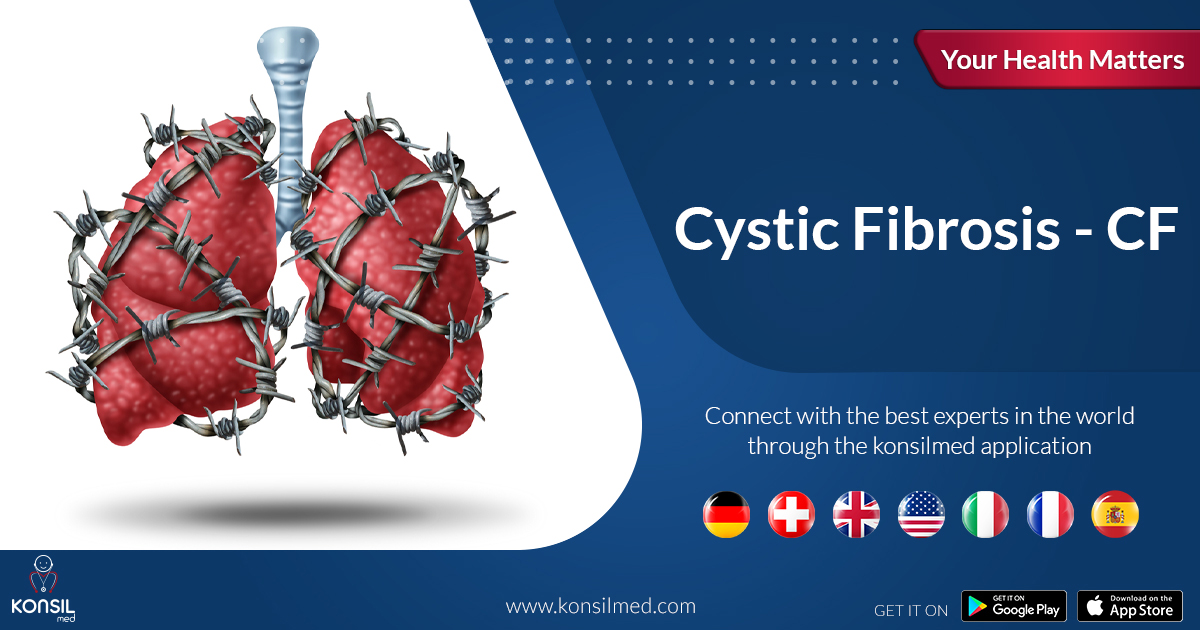



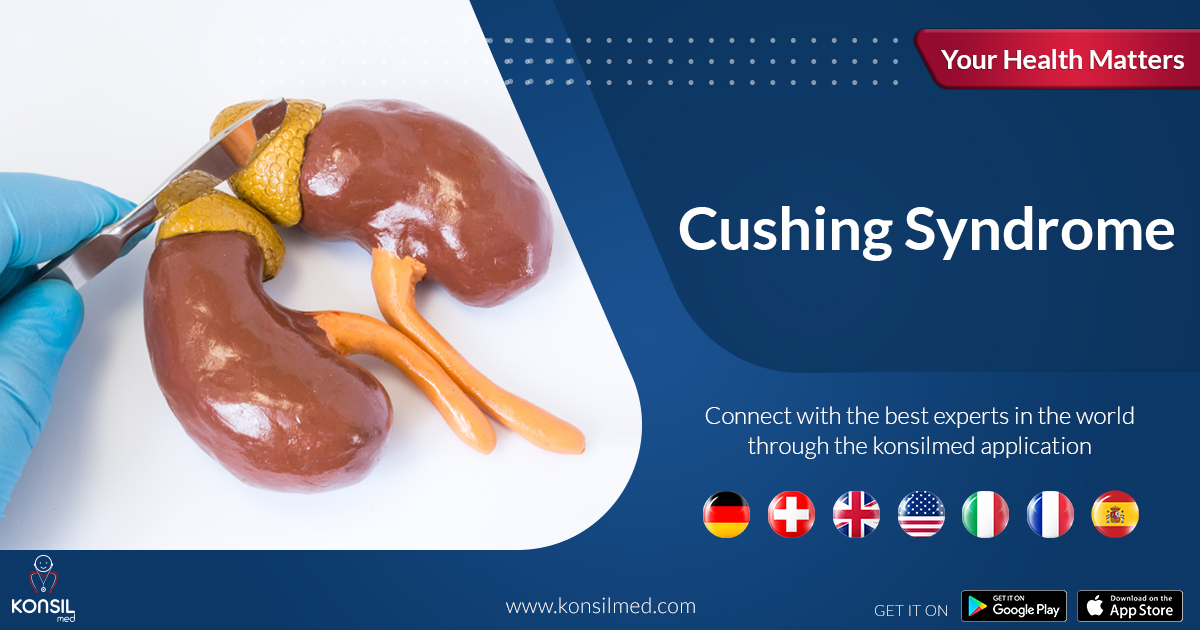



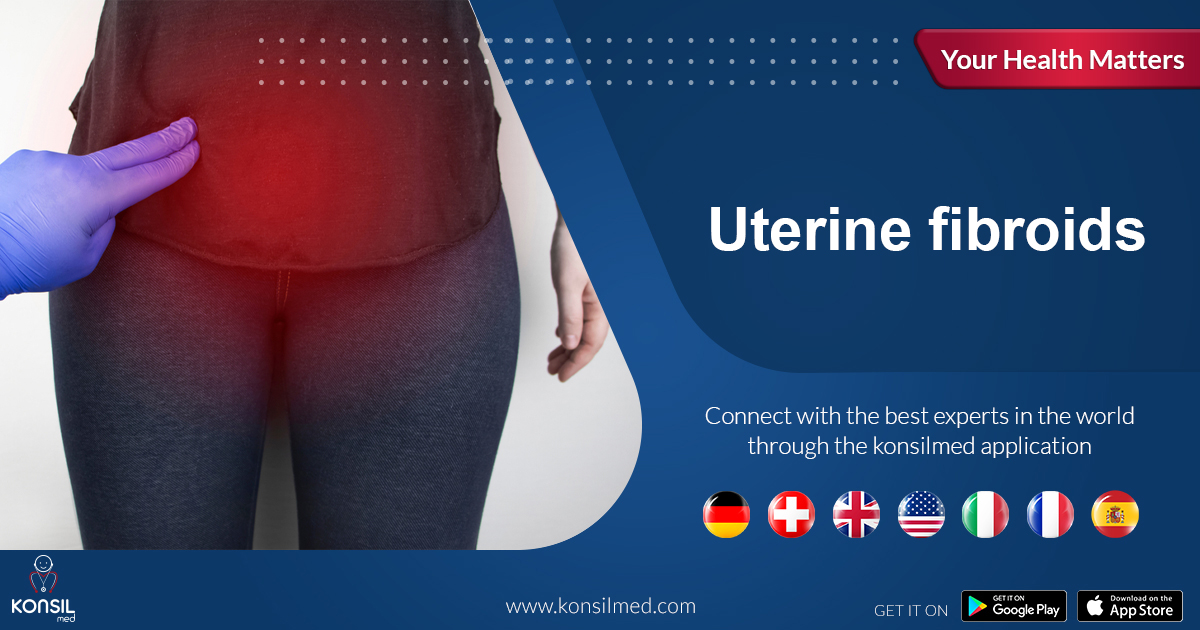





















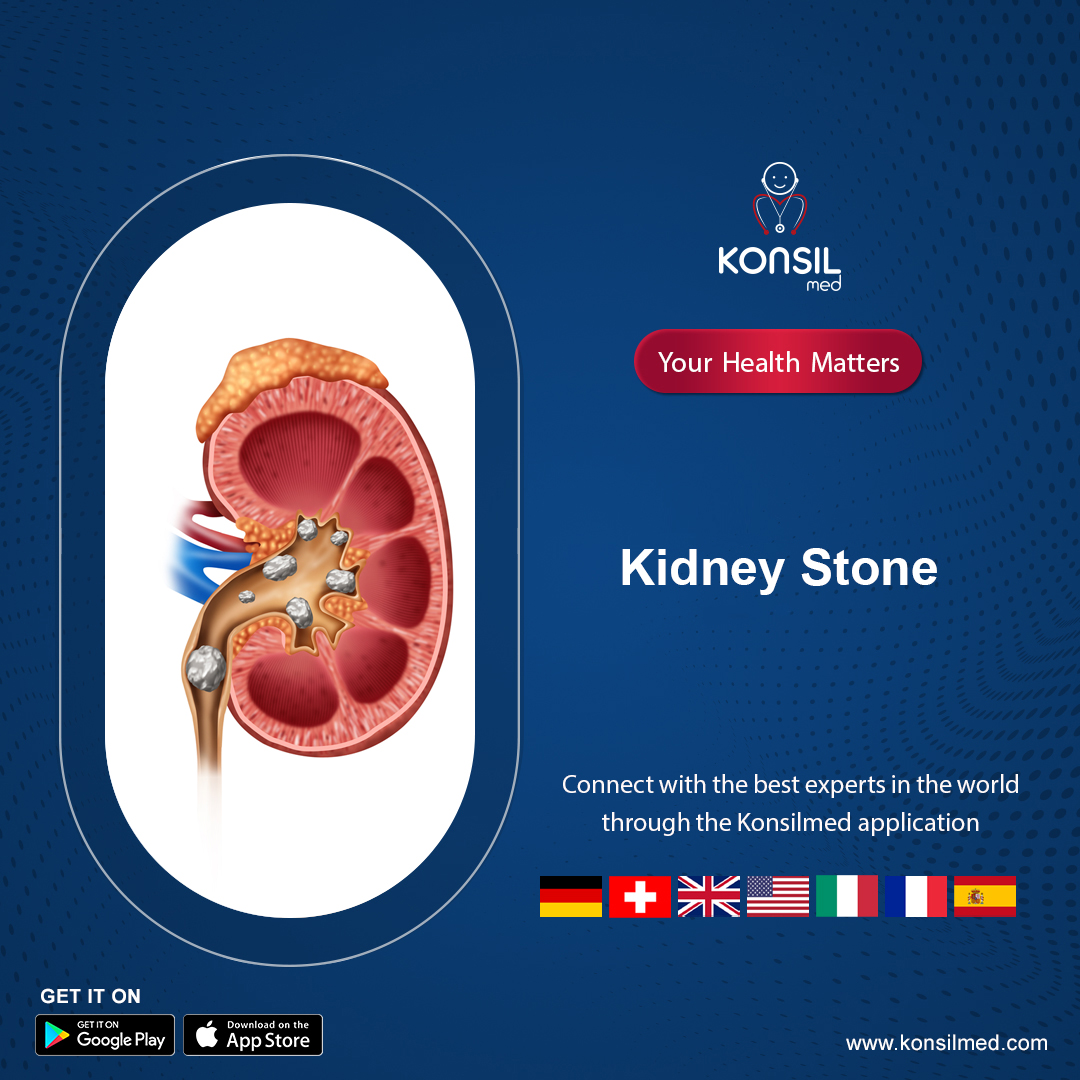
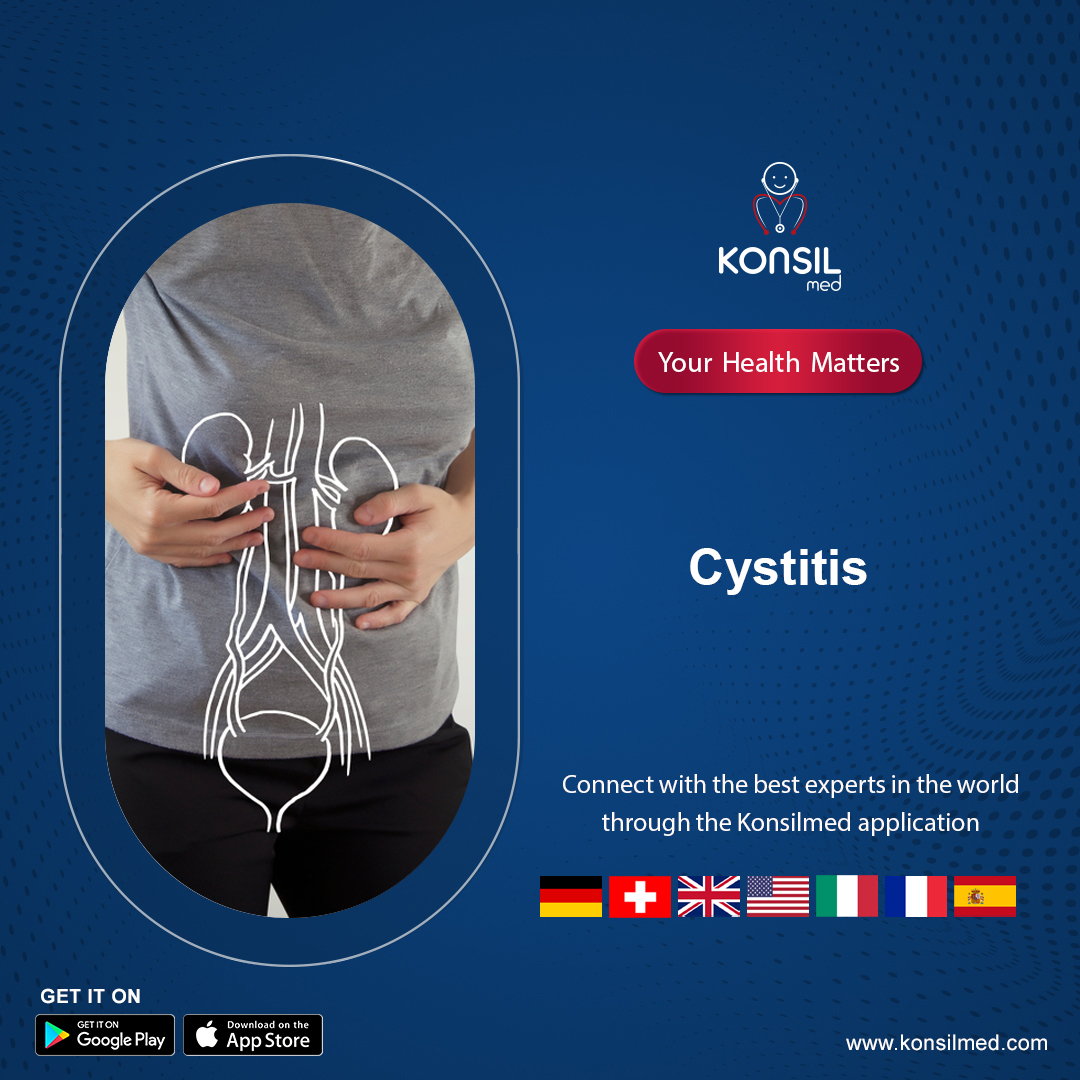




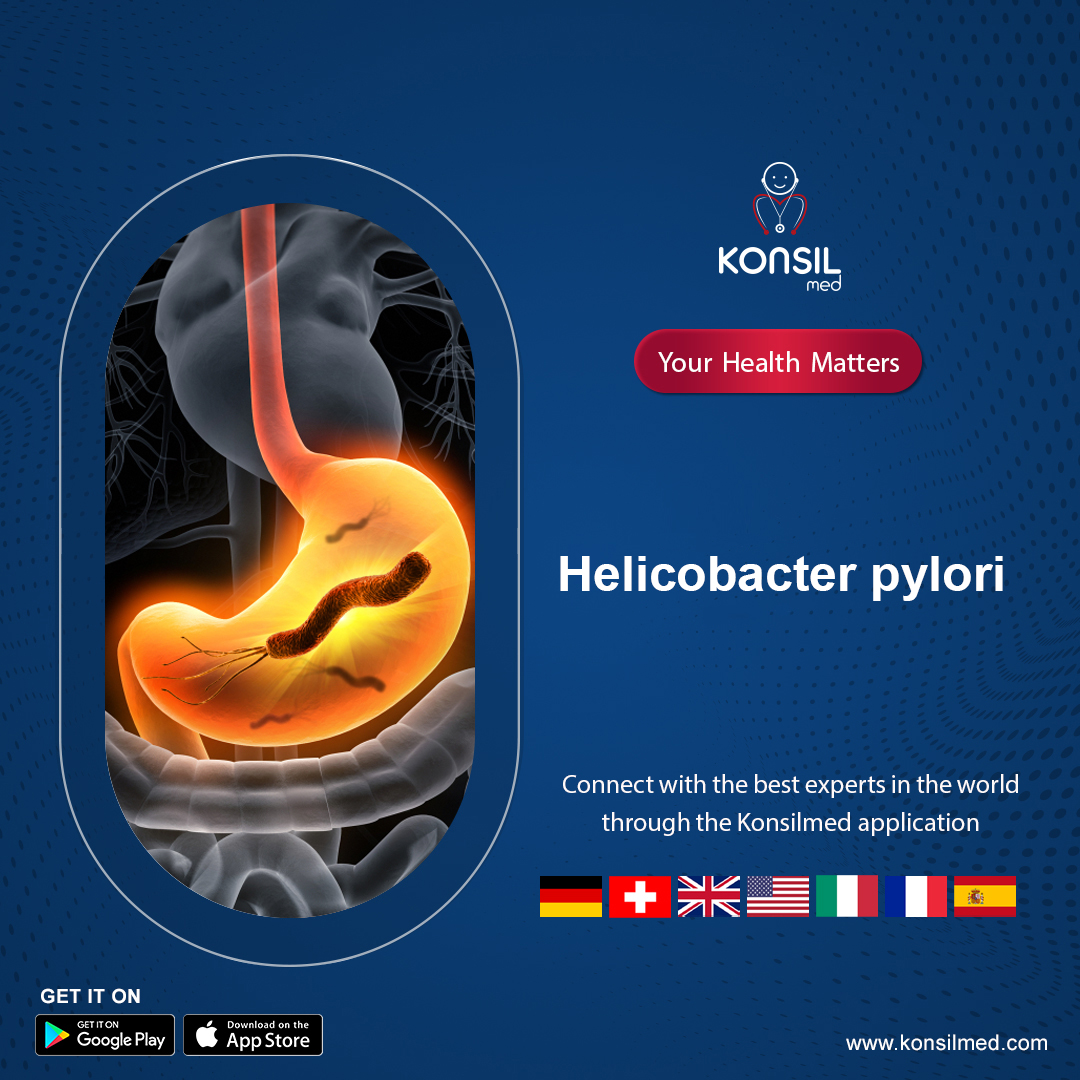




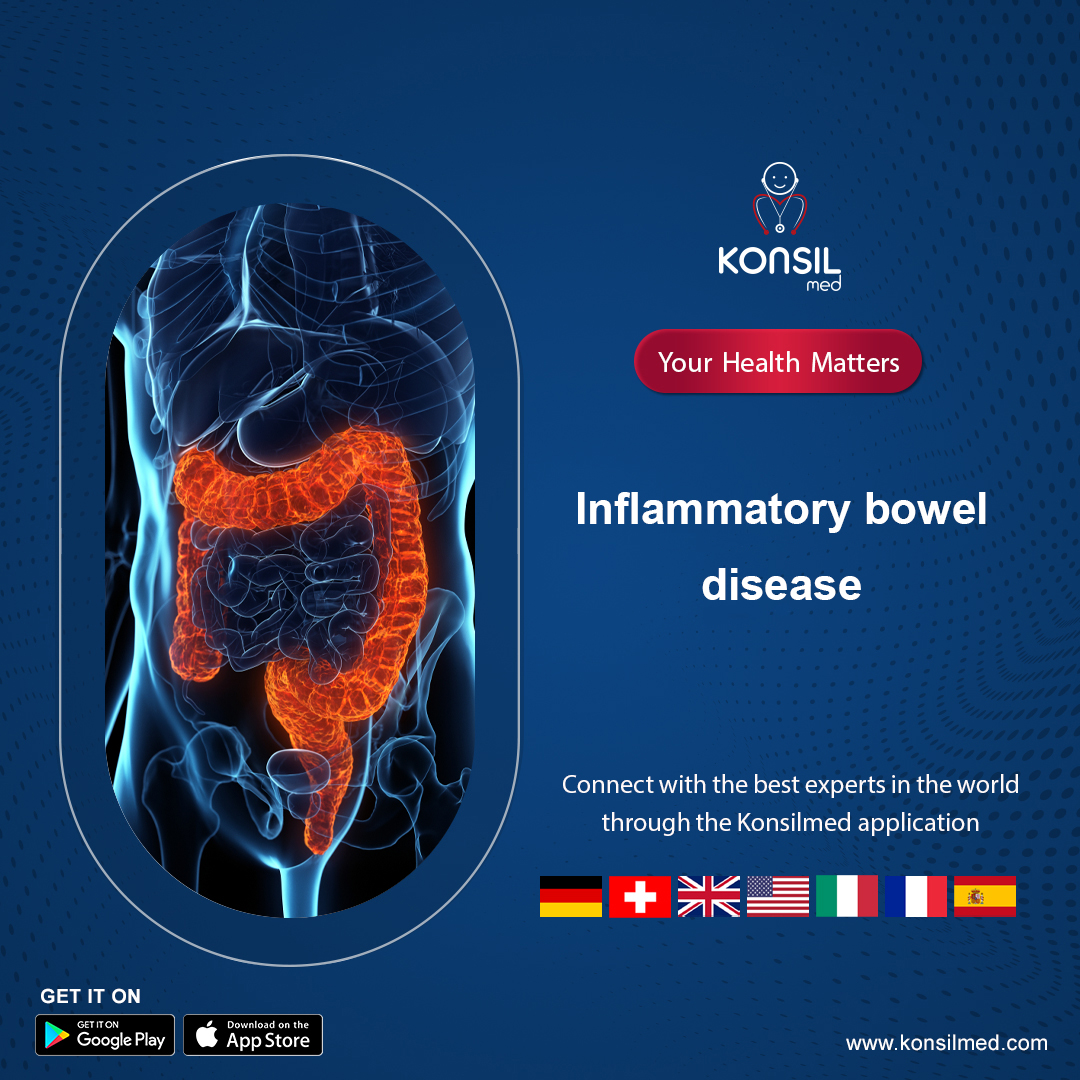






.jpg)
.jpg)